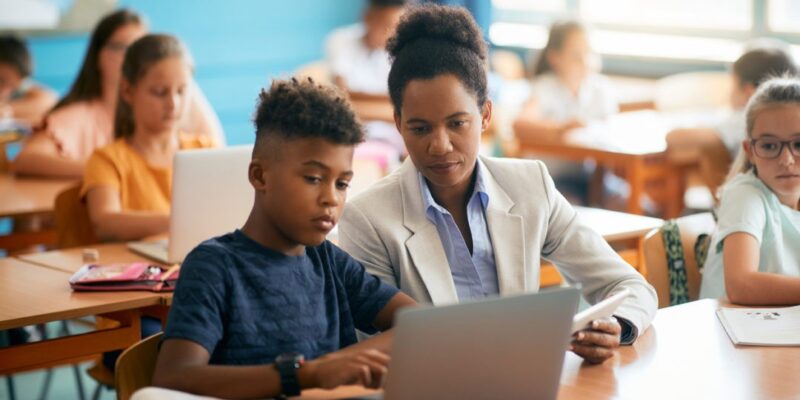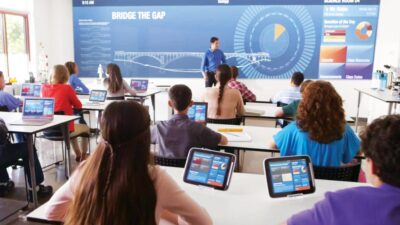The modern classroom is no longer a static space defined by fixed desks and four immovable walls. Educators today are embracing adaptive learning environments—spaces that shift to support different teaching styles, subjects, and student needs. The key to making it all work? Smart glass.
By integrating switchable glass walls or applying Smart Privacy Film to existing glass, schools can create flexible spaces that divide, open up, and refocus instantly—without construction or compromise.
What Is an Adaptive Learning Environment?
Adaptive learning environments are designed to change with the moment. Whether a teacher is giving a lecture, leading a group discussion, or setting up for quiet test-taking, the physical classroom can adjust to meet the task.
These environments support:
– Differentiated instruction
– Active and collaborative learning
– Individualized focus time
– Shared-use spaces across departments
But flexibility can be a challenge when rooms are locked into one layout. That’s where smart glass comes in.
How Smart Glass Makes Flexibility Possible
Smart glass—also known as switchable or privacy glass—uses PDLC technology to change from transparent to frosted on demand. With the flip of a switch or smart control, classrooms can:
• Open up for lectures or school-wide events
• Frost individual sections for group breakout sessions
• Turn fully opaque for testing or quiet study
• Transition instantly between modes without moving furniture or students
Smart Film provides the same technology in a retrofit format, ideal for upgrading older schools without a full renovation.
Reconfigure Classrooms in Seconds
Let’s walk through a day in a smart glass-enabled classroom:
8:00 AM – Lecture Mode
The room is wide open and fully transparent. The teacher presents to the class using shared visuals and digital whiteboards.
10:00 AM – Collaborative Work
Glass walls turn frosted to separate small student groups, creating quiet zones for focused teamwork.
12:30 PM – Lunch & Reset
Smart glass returns to clear mode, creating one unified space again.
2:00 PM – Assessment Time
The glass is fully opaque. Students take individual tests with fewer distractions, while teachers maintain line-of-sight supervision.
This kind of adaptability fosters deeper engagement, improves time-on-task, and supports every type of learner.
Benefits for Educators and Administrators
✔️ Space Efficiency – Maximize limited classroom square footage by enabling multi-function use.
✔️ Improved Learning Outcomes – Give students the right environment for the task at hand—without changing rooms.
✔️ Scalable Design – Start with one room or roll out adaptive designs across an entire campus.
✔️ Future-Ready Infrastructure – Smart glass is automation-friendly and energy efficient, aligning with modern school goals.
Designed for the Real World of Education
Smart Glass Country’s solutions are tailored for real classrooms. Whether you’re building a new school or retrofitting an older one, they offer:
• Durable switchable glass panels for partitions, doors, and walls
• Retrofit Smart Film for existing glass
• Expert guidance on classroom layouts and learning flow
• North American manufacturing for fast, code-compliant delivery
Transform Your Classrooms—One Panel at a Time
Creating adaptable classrooms doesn’t mean starting from scratch. With smart glass, you can divide, collaborate, and focus—all in the same space.
Because when the room adapts to the lesson, learning has no limits.
Explore Smart Glass Solutions for Education
Contact Smart Glass Country to discuss adaptive classrooms for your school!













Comments